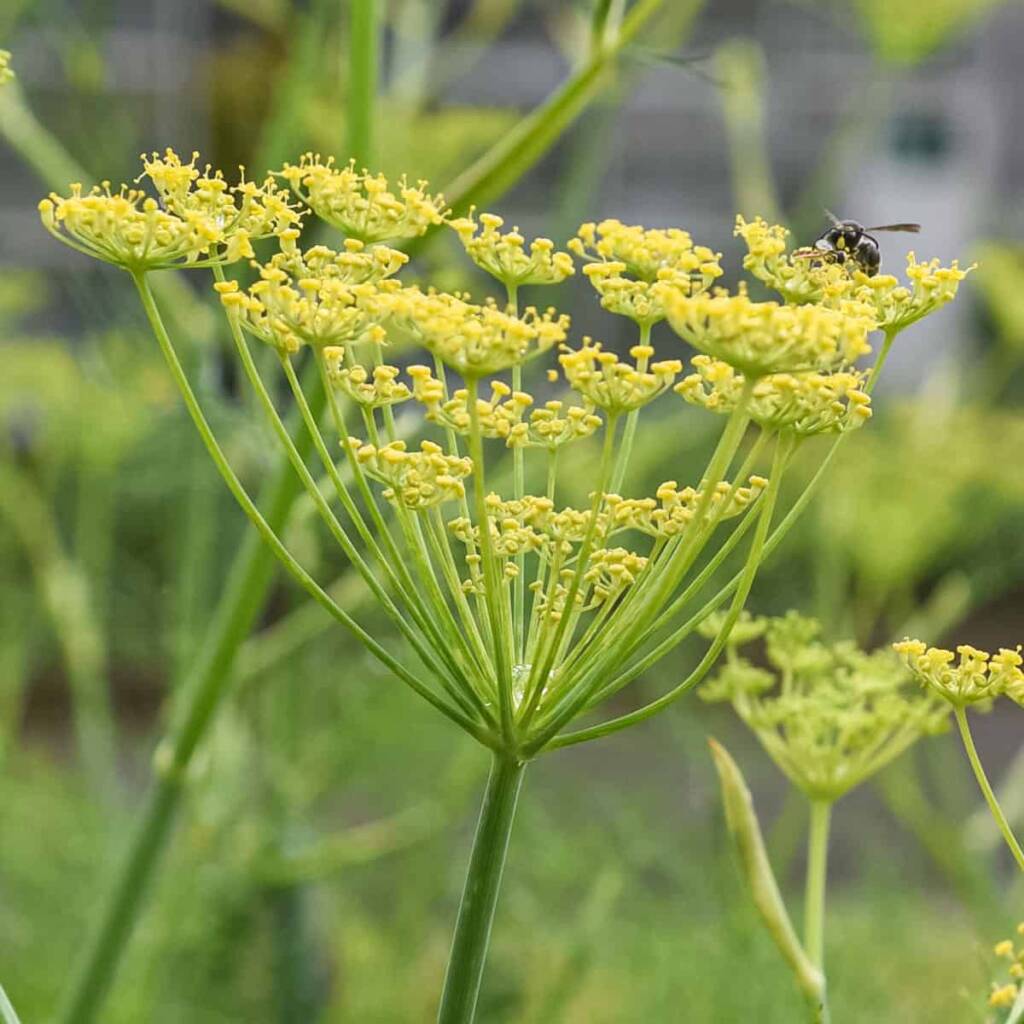There is a growing passion towards spontaneous plants which don’t require intervention of man to thrive. They are stubborn, often ubiquitary and small. They are like hidden beauty, gifted species with a personality. When we eat them, we are retrieving a millenia-old tradition and relation.
Most edible plants we will discuss in this topic are considered delicious but all depends on traditional recipes and personal taste.
This is a list of my favourite edible gourmets:
Pennywort, Venus’ Navel (Umbilicus rupestris) is an evergreen Perennial growing on rocks, dirty soil and walls. The crunchy leaves are edible and better tasted raw in salads. The leaves are scalloped at the edges and have a dimple or navel in the middle where the stem is attached. They are very distinctive and easy to recognize. To avoid bitterness, pick before Summer.
Wild Fennel (Foeniculum vulgare) is native to the Mediterranean, but has become widely naturalized in many parts of the world. The flowers are beneficial insect attractants also edible like all parts of the plant even if the bulb is often less tasty than in the cultivated species. Seeds and flowers are especially used for the typical anise-like scent to flavour dishes or licors.

Common Mallow (Malva sylvestris) is used traditionally as an herbal remedy for asthma, bronchitis, coughing, throat infections and emphysema. It is also used to treat wounds or inflammation of the mucous membrane in the mouth,throat, stomach, and intestines.
The flowers are harvested in the summer and can be dried for later use as an edible both cooked and raw.

Purslane (Portulaca oleracea)
Its used as a purgative, cardiac tonic, emollient, muscle relaxant, and antiinflammatory and diuretic treatment makes it important in herbal medicine. Purslane has also been used in the treatment of osteoporosis and psoriasis. Leaves, flowers and stems are edible and used in salads. Found in mild climates especially close to rivers and beaches.

Chickweed (Stellaria media) is a annual, capable of survival during mild winters thriving better in partial shade and warmer temperatures. Native to Europe, but has been spread through man’s activities throughout the world. Stems and leaves are nutritious and delicious in salads or cooked. In traditional medicine is used as a restorative tonic for patients recuperating from serious illness. The high content of Vitamins A,B, E give the healing and nutritional value.

Common Sorrel (Rumex acetosa) is a perennial plant found in most of Europe, North America, Greenland and temperate Asia. The flowers, leaves, root and seed are edible raw. The acidic lemon flavoured leaves are easily identifiable by their arrowhead shaped leaves and acidic lemon flavour. They are excellent in salads, soups and stews. Since they are quite strong in flavour they are best mixed in with other leaves. Medicinally it has been used to treat scurvy, due to the high content of Vitamin C.

Stinging nettle (Urtica dioica) is a perennial herb found in many areas of the world and easily identified through the irritant effect when touched. A fantastic and nutritious herb indeed. The toothed leaves, young stems and young shoots can be eaten raw or cooked. It contains Vitamins A, C and K, as well as several B vitamins. Several minerals like calcium, iron, magnesium, phosphorus, potassium and sodium, essential amino acids and many polyphenols. Nettles are a very beneficial medicinal plant (tonic, vulnerary, analgesic, antioxidant) but can be used to make fibre, dye, paper, biomass, compost, a compost activator, a liquid plant feed, rennet and oil.
Purple Dead-Nettle (Lamium purpureum) is native to Europe and Asia, but commonly found in disturbed areas of the world. Easy to recognize for the purple tops and some similarity to the stinging nettle minus the sting. Highly nutritious superfood. The leaves are edible, with the purple tops being even a little sweet. Use them to make a wild pesto, or in soups, salads and blended into smoothies. It is a good bee attractor.

Hawthorn (Crataegus monogyna) is a deciduous shrub or small tree in the Rosaceae family, great insect attractant. It is a common native tree in Europe and a pioneer species of devasted areas. Hawthorn has edible flowers, flower buds, leaves, young shoots and fruit. The leaves and flowers can be made into a tea. The red fruit are edible even raw or made into jellies, jams, and syrups. They can be also used to make licors. Traditionally the leaves and flowers are used as hypotensive and hypoglicemic.

Nasturtium (Tropaeolum majus) is a creeping annual plant from the Tropaeolaceae family. With its vibrant colors attract many pollinators and is a good ally of many gardens. Native the Andes region of South America, it has naturalized in many parts of the world, including Europe.
This plant has many herbal medicinal uses and the plant has anti-bacterial, anti-fungal and antiseptic qualities. Traditionally it is used as a disinfectant, expectorant and wound healer. All parts of the plant are edible raw. The taste is peppery, spicy and hot. The flowers are less hot than the leaves. The leaves are less hot than the seed pods. The seed pods are very very hot! The flavour overall is similar to cress.

Wild garlic (Allium ursinum) is a perennial herbaceous plant belonging to the Alliaceae family, found in Europe and Asia mainly as a woodland bulb. Wild garlic can be used as garlic and has similar health benefits. It has a long history of traditional medicinal use. It is popular as a tonic, insect repellent and anti-helmintic. All parts of the plant can be eaten although the leaves and stems are probably tastier. The flowers are stronger in flavour than the leaves. Flower buds can be used to make substitute capers. Leaves can be added as greens to salads, used as a wrap or made into a pesto. The whole plant can be made into soups, sauces or fermented.

If in doubt with identification, please don’t pick!
Ready for a bigger step? Herbalist Online Course

